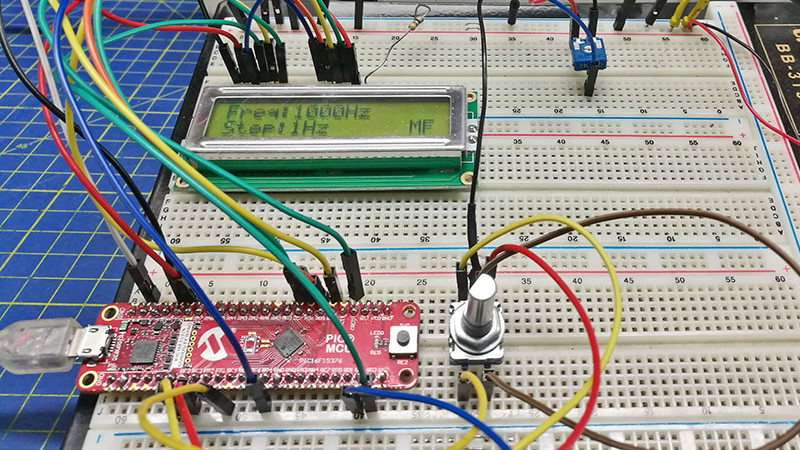
Best Way to Generate Square Waves with a Microcontroller
Generating square waves with a microcontroller is a common task in many electronic projects. Square waves are essential for various applications, such as digital signal processing, frequency synthesis, and communication systems. In this article, we will explore the best way to generate square waves with a microcontroller.
What is a Square Wave?
A square wave is a type of waveform that alternates between two levels, typically a high level (logic 1) and a low level (logic 0), at regular intervals. The square wave has a 50% duty cycle, meaning that the signal is high for half of the cycle and low for the other half.
Generating square waves with a microcontroller involves toggling a digital output pin at a specific frequency. By controlling the duration of the high and low states, we can create a square wave with the desired frequency and duty cycle.
Methods for Generating Square Waves
There are several methods for generating square waves with a microcontroller. The most common methods include:
- Using the built-in timers and PWM functionality of the microcontroller
- Implementing software-based timing loops
- Using external hardware, such as a crystal oscillator or a dedicated waveform generator
Each method has its advantages and disadvantages, depending on the specific requirements of the project. Let’s explore each method in more detail.
Using Built-In Timers and PWM Functionality
Many microcontrollers come with built-in timers and pulse-width modulation (PWM) functionality, which can be used to generate square waves with high precision. By configuring the timer settings and duty cycle, you can easily generate square waves of varying frequencies.
One of the main advantages of using built-in timers is their accuracy and reliability. They can generate square waves with minimal jitter and drift, making them ideal for applications that require precise timing.
However, the downside of using built-in timers is their limited flexibility. The frequency range and duty cycle options may be restricted by the hardware limitations of the microcontroller. Additionally, configuring and programming the timers may require a deeper understanding of the microcontroller’s architecture.
Implementing Software-Based Timing Loops
Another approach to generating square waves is to implement software-based timing loops in the microcontroller’s firmware. By carefully designing the timing loop algorithm, you can control the duration of the high and low states to generate square waves of the desired frequency.
Software-based timing loops offer greater flexibility and customization compared to built-in timers. You can easily adjust the frequency and duty cycle by modifying the firmware code, without being limited by the hardware constraints of the microcontroller.
However, the downside of software-based timing loops is their lower precision and accuracy compared to built-in timers. The timing loop algorithm may introduce jitter and variability in the square wave output, especially at higher frequencies.
Using External Hardware
For applications that require ultra-precise square waves or high-frequency signals, using external hardware, such as a crystal oscillator or a dedicated waveform generator, may be the best option. External hardware can offer higher accuracy and stability compared to software-based solutions.
However, using external hardware comes with its own challenges, such as increased complexity, cost, and board space requirements. Integrating external hardware into the microcontroller-based system may require additional components and circuitry, which can complicate the design and implementation process.
Conclusion
Generating square waves with a microcontroller is a fundamental task in electronics and digital signal processing. By carefully selecting the appropriate method based on the project requirements, you can create square waves with the desired frequency, duty cycle, and accuracy.
Whether you choose to use built-in timers, software-based timing loops, or external hardware, the key is to understand the capabilities and limitations of each method to achieve the best results for your project.
Experiment with different methods and techniques to find the optimal solution for generating square waves with your microcontroller. With practice and perseverance, you can master the art of generating square waves and unlock endless possibilities for your electronic projects.
Was this helpful?
0 / 0